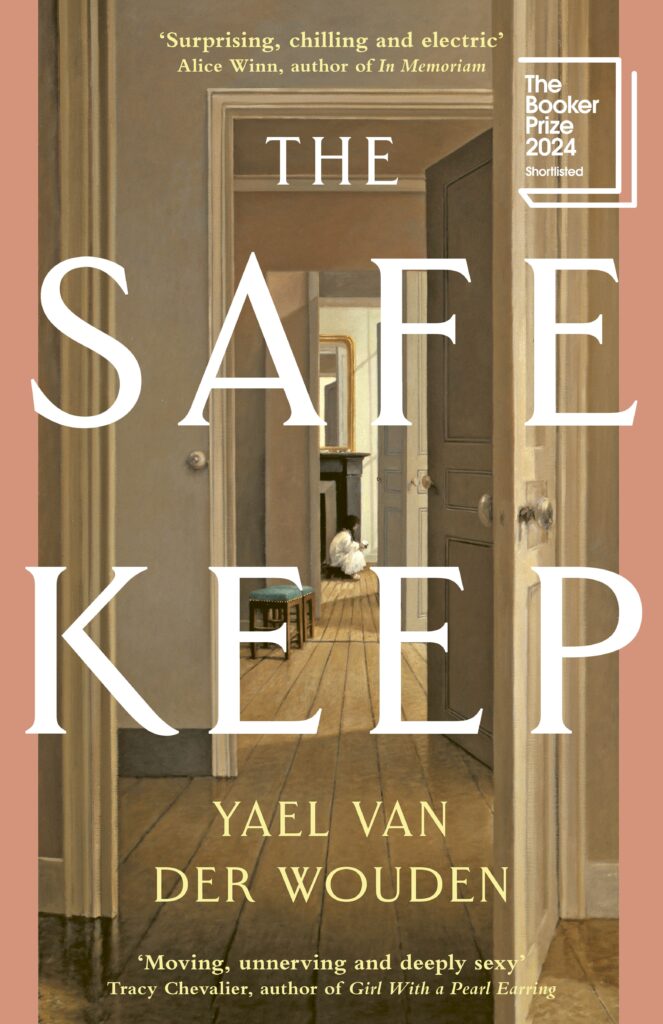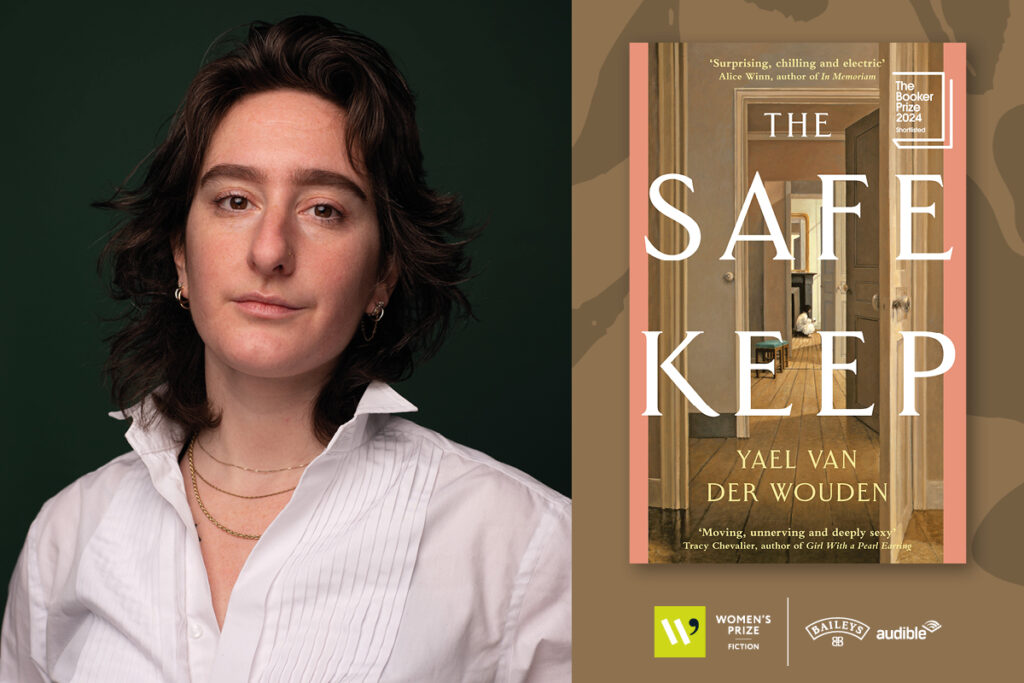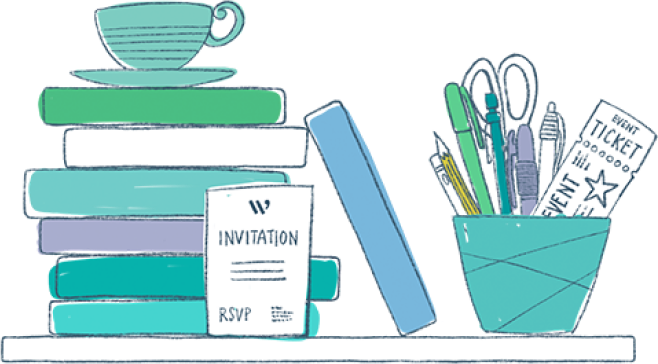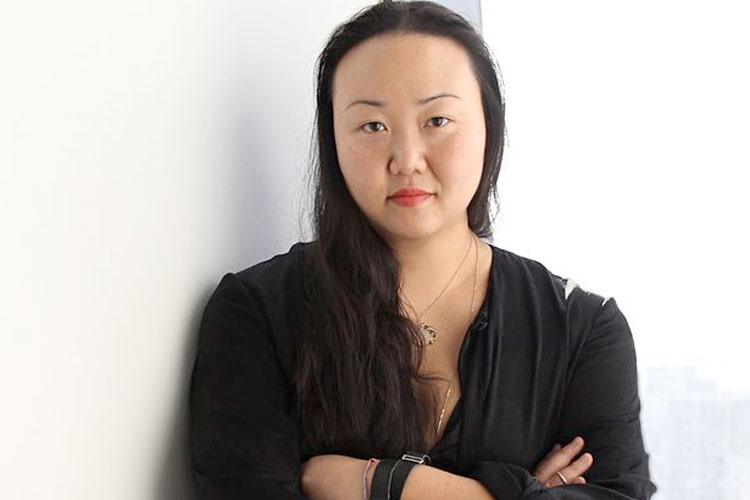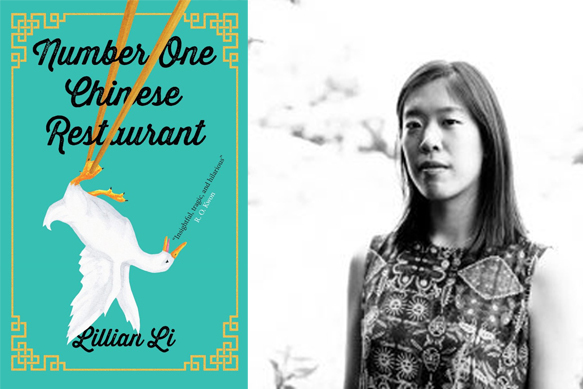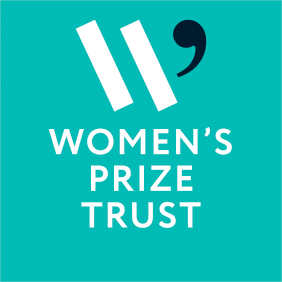The Safekeep by Yael van der Wouden uncovers hidden Second World War secrets inside a Dutch house in the 1960s.
Shortlisted for the Women’s Prize for Fiction 2025, Chair of judges Kit de Waal says: ‘This is a story that takes a new look at a story we all think we know. Told from the perspective of a difficult but lonely woman, facing up to the truth of her privilege while all the time, exploring love and loss and the compromises and betrayals we all make to survive in difficult times.’
To find out more about the book we spoke to Yael about her inspirations, writing process and favourite books.
How would you describe your book to a new reader?
A psychosexual thriller about two women and one house. The incomparable Clare Pollard gifted me the quote, ‘Portrait of a Lady on Fire if Hitchcock had directed it’ and really no one’s described it better since.
What was the idea that sparked your novel?
A few years ago I wrote a short story about three siblings who go out for dinner with the brother’s additional girlfriend who everyone hates. It was just three pages, nothing much, and I remember thinking there was something about the atmosphere in that story, and the dynamics between the siblings that I was fascinated by. I submitted it here and there, got nowhere, put the story in a drawer. Two years later I was playing with a premise that had suddenly come to me, one that – without giving away too much – revolved around the post-war years in the Netherlands and the question of wartime dispossession. I knew that it was a story about a lonely woman and about a house, I just didn’t know how to populate the narrative yet. And that’s of course where I realised I had a whole pitch-perfect cast ready to go, four wonderful characters who’d fit the story to a T. That’s how The Safekeep came together: two old concepts, ghosting around my mind, that finally collided.
Which part of the book did you write first? Was there a moment that clicked a lot of things in place or where you felt the strands of the book started to come together?
I am quite boring in my method: I outline methodically and for a long, long time, and when I write I start at the beginning and continue – a straight linear line – to the ending. So for me the strands that came together happened in the early stages of plotting. I remember having several moments like that, where I realised that the plot was slotting together neatly, and how thrilling that was, to see the story come to life as if it had existed without my aid, and I was only there to translate it to the page. One moment I recall while writing was when I realised that chapter 12 could be a diary chapter, rather than complicated exposition or having Isabel dive into the local historical archives. It was suddenly so neat and the thought of turning the page and seeing that first diary entry, in Eva’s voice – I remember thinking ‘is that too cliché?’ for one second, and then following that thought with: ‘if it works, who cares?’
Another thrilling moment of the narrative clicking together was when I was reworking Sebastian’s story in one of the edits, and through a conversation with a friend realising that his relationship to his mother could echo both Isabel’s and Eva’s in different ways, and how the mother figure could be this sore point of choice–to what degree you choose to echo your mother, be different from her, to live the life she wanted you to live, to fulfil her wishes? Both Eva and Isabel have lived their lives in the shadows of their mothers, and that history is heightened on the page as we see Hendrik and Sebastian having to make that choice–of return vs remain–in real time. That was such a cool edit, and reminded me how crucial small changes can be to the heart of the story.
Which part of the book was the most fun to write? Which was the most challenging?
The diary chapter was hands-down the most fun to write! Writing Isabel, though freeing in its own way, was also a little bit like writing with a straight-jacket on. I’d write her dialogues or her inner monologues and every time have go back and back-space about 80% of it because Isabel would never have that much self-awareness. The diary chapter, in comparison, was utter loose freedom. That was a voice that could say everything she felt and thought, which was such a relief after 11 chapters of Isabel. I wrote most of it on a 5-hour train ride to and from Berlin, which somehow was the perfect environment.
What is the best piece of writing advice you have ever received?
Not exactly advice, but I remember a dawning realisation somewhere halfway through my BA in comparative literature, that there was no such thing as a cliché in the way that writers are afraid of recreating: there’s convention executed well, and convention executed badly. There’s reinvention executed well, and reinvention executed badly. That is to say: we need to base our stories on literary conventions that came before us in order to make the structure comprehensive, to make the reader feel familiarity and comfort. We insert reinvention to disrupt that comfort strategically, to create tension between the reader and their expectation of the text. Cliché is when there’s no disruption, ‘weird’ is when there’s no comfort. That’s the sweet spot of thrill in reading: comfort and discomfort.
Which female author would you say has impacted your work the most?
Carmen Maria Machado. Odd, perhaps, naming an author who’s not far from you in age, but the publication of Her Body and Other Parties rocked me to my core, and really was one of the big moments in my adult life where my understanding of what literature could do shifted and expanded. I often say that it’s a privilege to be alive at the same time as her, to get to witness her writing in real time.
What is your favourite book from the Women’s Prize library and why?
In my college years I began reading along with the Women’s Prize each year and have found so many of my favourite authors through it, so having to choose feels terrible! Luster by Raven Leilani has been a big favourite, for what I believe is an absolute reinvention of language and metaphor. And also from that same brilliant year – Detransition, Baby by Torrey Peters, which is the closest I’ve ever come to reading what it feels like to love and hate and desire and be driven up the wall within queer friendships. Ann Patchett’s The Dutch House – how apt – I hold very, very dear. No one does small soft humanity like Patchett does. And of course, Elizabeth Strout’s My Name is Lucy Barton, which I only read recently after my girlfriend insisted I do, and fell head-over-heels in love with voice. Why does reading Strout feel like crying and laughing all at once? Why does everyone ache so much, and sometimes it’s a bad thing and sometimes the greatest thing? I have no explanation for it, but I’m so happy to get to witness it.
Could you reveal a secret about your creative process?
The secret for me is perhaps that there is no secret, or rather particularity – I think it’s important to learn to write in as many places, and under as many circumstances as possible. Especially when writing, as my friend has called it, ‘in utter obscurity’; you’re the one in charge of making time to write, making literal space, finding moments and rooms and tables etc. If I bound myself to that specific desk, that specific time, I don’t think I’d have finished the novel. I wrote it across the Dutch railway system, from Maastricht to Utrecht to Rotterdam to Amsterdam (all cities I was working at the time). I do, however, often mumble the text out loud, to check the cadence and how the dialogue would sound, to check for repetitive words (best trick to find those is by reading your work out loud). Doing that on a crowded train can sometimes be odd, but I’m very good at forgetting I am surrounded by people. As for unlocking creativity… each time I finish writing I leave a ‘crumb trail’ behind: a few thoughts as to how to continue the chapter, bits of dialogue I think would fit nicely in the next paragraph, a colour I want mentioned or a sentence I want worked into it. This means I never have to work very hard to pick up where I left off. Also, the old and tired trick is of course to always carry a notebook with you. Write down any thought, question, possible solution to a plot problem. I used to think I’d remember it without writing it down, but that was a lie. I never did. I’ve come to love my chaos of a notebook. It has page numbers which I end up cross-referencing in my document or in later outlines, so I can always retrace that one loose thought that belongs in chapter 13 while I’m still on chapter 2. This, too, helps so much in diving back into that creative space.
